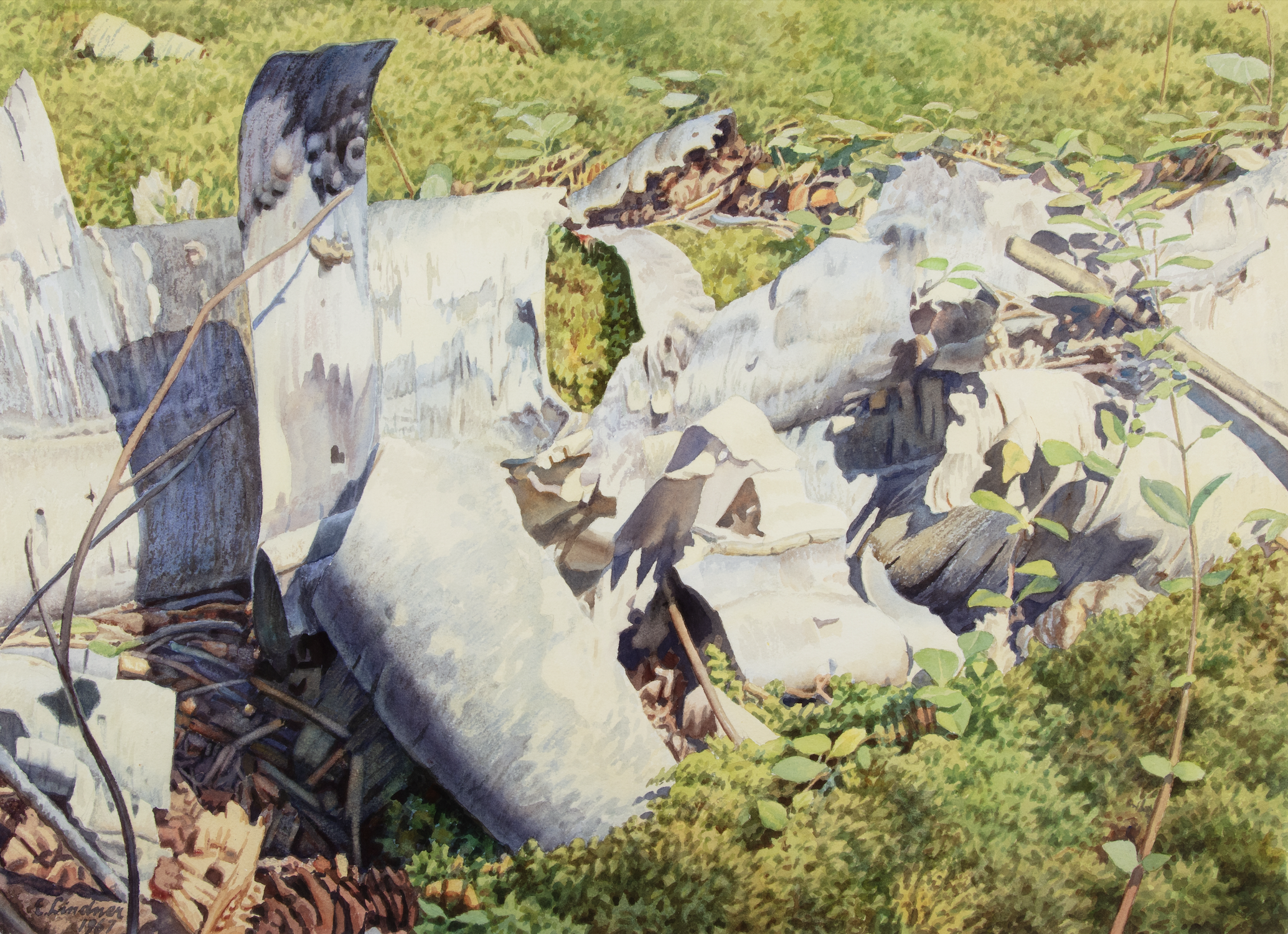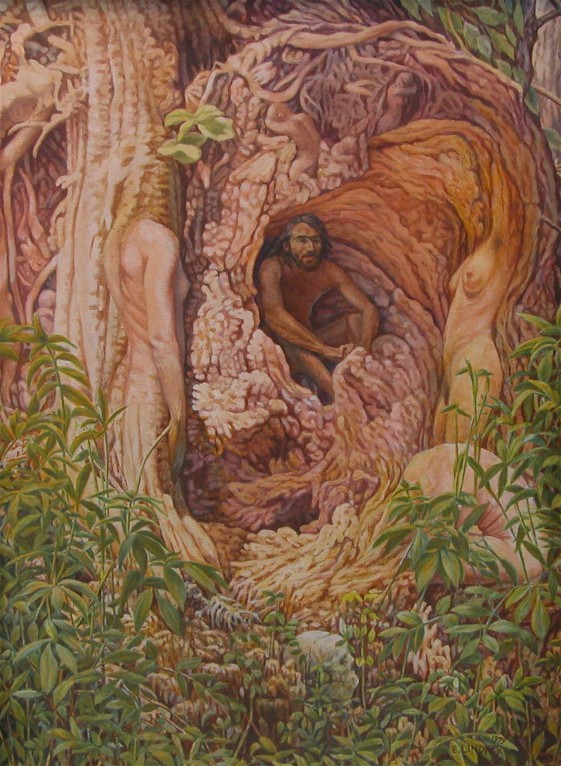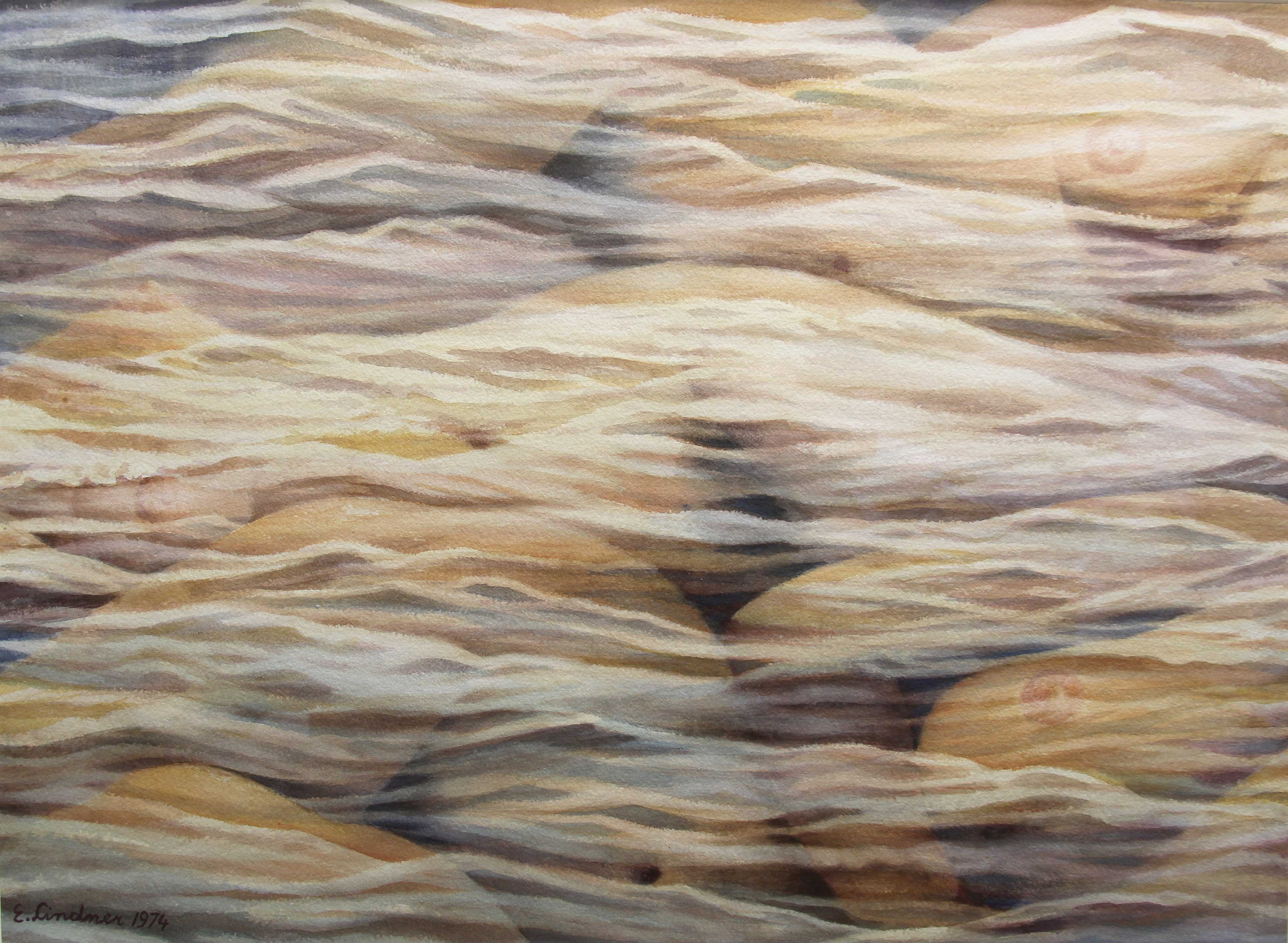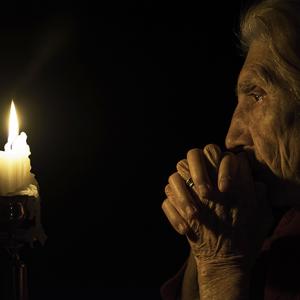Ernest Lindner was born in 1897 in Vienna, Austria. Upon immigrating to Canada in 1926, Lindner attended night classes at the University of Saskatchewan under Augustus Kenderdine.
In 1931 Lindner began teaching a night class for the Saskatoon Technical Collegiate in 1931. Eventually he became a full-time instructor at the Collegiate, and later the Head of the Art Department; he taught there until 1962. Upon retirement, he worked as a full time artist until his death in 1988.
Lindner was extremely active in the local, provincial and national arts communities. In Saskatoon, he originated "Saturday Nights," a weekly discussion group held in the private homes of local members of the arts community, often his own. He was a member and President of the Saskatoon Art Association, one of the first members on the Saskatchewan Arts Board, and a member of the "Prospectors", the first professional society of artists in Saskatchewan. It was through the influence of Lindner and Augustus Kenderdine that the University of Saskatchewan began to run its annual Emma Lake Artists' Workshops. Although Lindner did not attend all of the Emma Lake Artists' Workshops, he was a participant in most of them.
The subject that concerned Lindner most was the cycle of life, and his preferred subjects were the plant life around his summer home at Emma Lake. Lindner's later images are often composites of human and natural forms, overlapping and blending into each other.
Nearing the end of his distinguished career, Lindner was elected a member of the Royal Canadian Academy of Arts in 1977, and made an Officer of the Order of Canada in 1979. His works are found in the collections of the National Gallery of Canada, the Art Gallery of Ontario, the Glenbow Museum, and the Winnipeg Art Gallery.

Forest Floor, 1967
watercolour on paper, 21.5" x 29.5"
Lindner's modernity represents a kind of high realism arrived at after a life of continual refinement of craftsmanship and creative vision. He eventually came to handle watercolour with a consummate skill equalled only by a few in the history of Canadian painting.
—Paul Duval in High Realism in Canada

Untitled, 1979
oil on canvas, 40" x 30"
I find more imagination and modernity in Ernest Lindner's sharply focussed rendering of a tree trunk than in the largest part of current abstract painting.
—Clement Greenberg

Untitled (Human Landscape), 1974
watercolour on paper, 21.25" x 29"
I paint what I can't say in words. I try to express my thoughts and feelings as I observe life in the forest, on the prairie, in people, everywhere. Life as revealed in the smallest growth is, to me, most meaningful. Forms change, life goes on.
—Ernie Lindner



